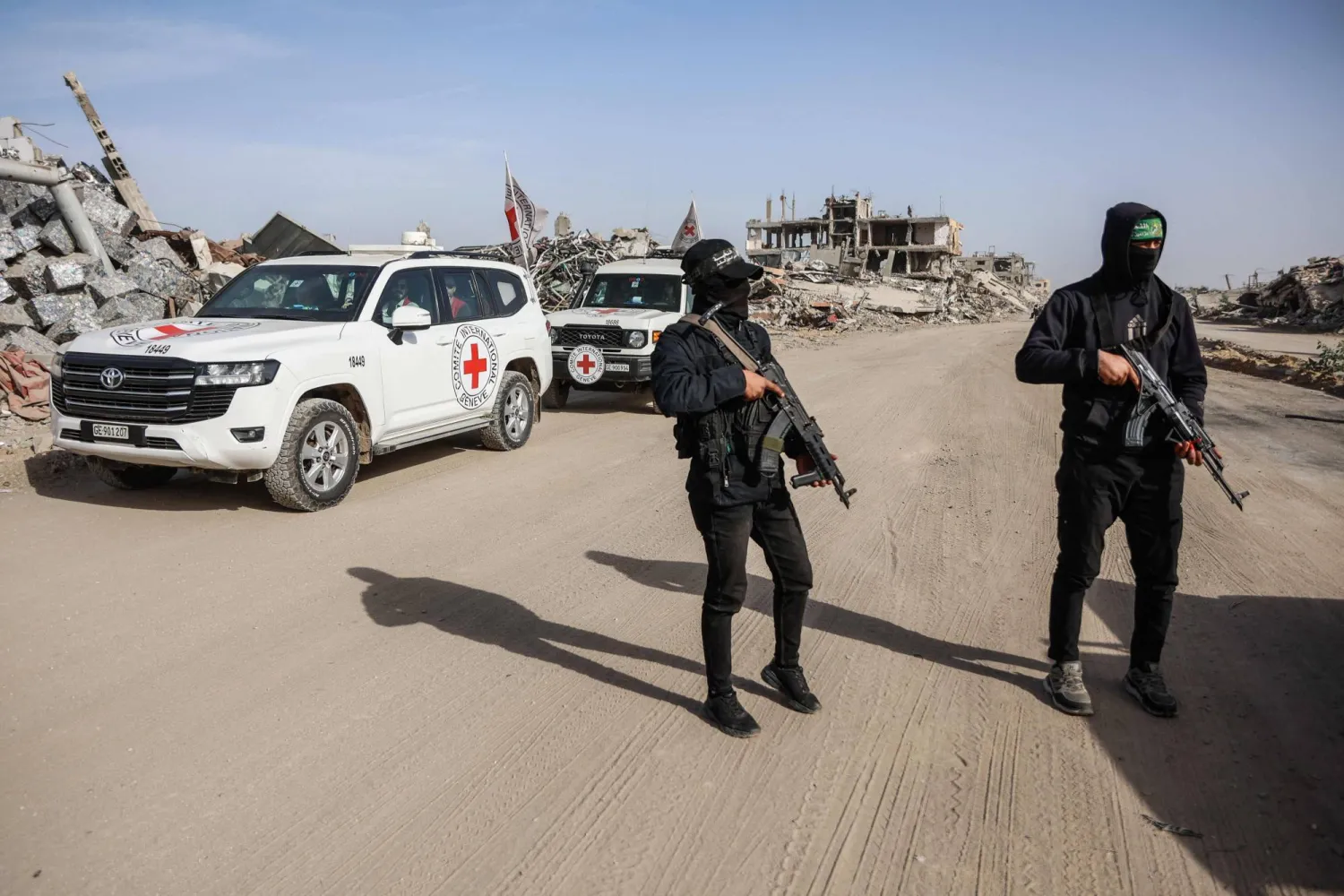In his recent speech, Hezbollah's Deputy Secretary-General Sheikh Naim Qassem sent several messages to both Lebanon and the wider world, suggesting that the post-war era will be different from the past.
While he declared victory over Israel, he also signaled a shift towards political engagement under the Taif Agreement, highlighting the changes facing both Hezbollah and the broader “Resistance Axis.”
However, the victory Qassem spoke of does not reflect Lebanon's reality after the war.
Former minister Rashid Derbas argued that Hezbollah may claim victory, but in truth, Lebanon—both as a state and a people—has been defeated. He noted that Qassem's remarks are mainly aimed at rallying supporters, while the Lebanese people continue to suffer.
In a statement to Asharq Al-Awsat, Derbas said that while Sheikh Naim Qassem has the right to address his supporters this way, he views the overall tone of the speech as positive.
Derbas highlighted Qassem’s decision to return to political work under the Taif Agreement, his call for a swift presidential election, and his push for cooperation with the Lebanese army.
In his speech, Hezbollah’s Secretary-General outlined the party’s future vision, including high-level coordination with the Lebanese army, continued support for Palestine, and ongoing reconstruction efforts with the Lebanese state and international partners.
He emphasized that Hezbollah’s role in Lebanon will remain politically and economically influential, with a focus on completing constitutional institutions, starting with electing a new president.
The results of the war have forced Hezbollah to reassess its approach, pushing for deeper political integration in a more pragmatic manner than before.
Derbas praised Qassem’s agreement to withdraw completely north of the Litani River, signaling a shift away from confrontation with Israel. He noted that Hezbollah has come to realize that only Lebanon and the state can protect it, not Syria, Iraq, or Iran.
Regarding Hezbollah’s “army, people, and resistance” equation, Derbas pointed out the reality of Israel's military strength, which is linked to US weapons, and emphasized the need to rely on the state for protection.
He stressed that the party must return to a more realistic approach.
The tone of Hezbollah’s rhetoric after this war is different from its stance after the 2006 July War, which was more aggressive toward political forces.
Political analyst Qassem Qasir noted that the party is now acting with greater rationality, coordinating with the Lebanese state and army to implement UN Resolution 1701.
He called on all political groups to adopt a positive and non-provocative discourse that reflects Hezbollah’s openness toward all Lebanese factions.









